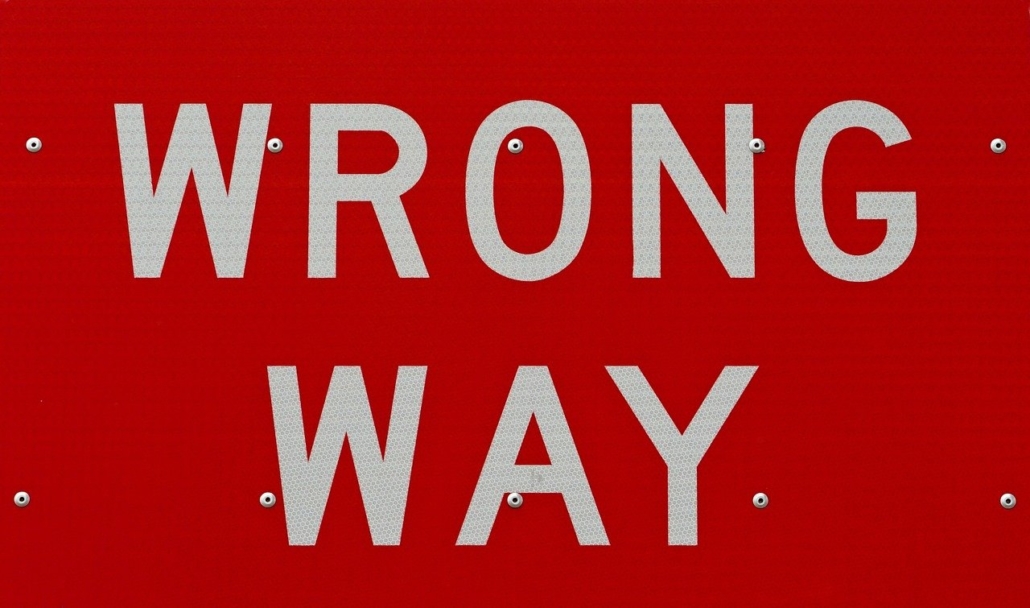The Deed-in-Lieu-of-Foreclosure
Image from Pixabay
By Bruce Kellogg
The Wrong Way
At a recent meet-up, I met a man who had recovered a property from a defaulting borrower on a note they had between them. Looking to save costs, the note-holder accepted a deed and promptly recorded it. Later, when he went to refinance, he discovered that several liens and judgments had attached to the title of the property. In total, they wiped out his equity! Sad tale, but true, and this wrong way of doing a deed-in-lieu-of-foreclosure happens a lot. So, what is the right way that protects both the defaulting borrower and the recovering note-holder?
Image from Pixabay
No. 1 Open an escrow, and order a title report. Specify that involuntary liens (liens, judgments, etc.) are to be searched as well as voluntary liens (mortgages, deeds-of-trust). Expect to buy title insurance and pay escrow costs.
No. 2 If you received an insurance policy from the borrower, and were named as “mortgagee”, or “additional insured”, call the company and find out if the policy is still in effect. If it is not, order a policy of your own. You need protection.
No. 3 Check the property taxes with the County Tax Collector. If they are delinquent, pay them current. Get a receipt to give to escrow because some counties are slow to update their records.
No. 4 Find out the status of any senior loans. Call first, but if the lender refuses due to privacy reasons, have escrow or your attorney make the request. Pay the senior loans current, preferably through escrow. If paying them yourself, be sure to get a receipt for escrow.
No. 5 See the property. If it is within driving distance, visit it personally. If not, hire a service like www.wegolook.com to go take pictures.
ADVERTISEMENT
Caution: If the property is rented, it is advisable not to step on the property or engage anyone there in conversation.
No. 6 If the property is a rental, try to get the defaulting borrower to turn over the security deposits and any advance rents. You might not get this.
No. 7 When the title report comes back, you need to check for any liens and judgments. If these are present, then you need to foreclose to shed them from your title.(This is what the unfortunate lender above failed to do.) You have no choice.
ADVERTISEMENT
No. 8 If there are no involuntary liens, or small ones (e.g., garbage liens) that you are willing to pay in escrow, then have a Deed-in-Lieu-of-Foreclosure drawn up for the defaulting borrowers to sign. These deeds are special because they have a recitation of several paragraphs on them called an “Estoppel Affidavit”. The borrowers affirm that they are deeding freely, without coercion or duress, and are not being compensated beyond forgiveness of their debt.
No. 9 If the borrowers go through this process, and escrow closes, then you need to return their original note marked “PAID” to them. In addition, escrow needs you to sign a Full Reconveyance of the mortgage or deed-of-trust in order to insure your clear title.
And that’s the right way!
Bruce Kellogg
Bruce Kellogg has been a Realtor® and investor for 40 years. He has transacted about 800 properties in 12 California counties. These include 1-4 units, 5+ apartments, offices, mixed-use buildings, land, lots, mobile homes, cabins, and churches.
Mr. Kellogg is a contributor and copy editor for two national real estate wealth-building magazines: Realty411, and REI Wealth Magazine. He is a recipient of an Albert Nelson Marquis Lifetime Achievement Award, listed in Who’s Who in America– 2019.
He is available for consulting with syndication, turnkey, joint-venture, and other property purchasers and note investors nationally, and other consulting assignments. Reach him at [email protected], or (408) 489-0131.
Learn live and in real-time with Realty411. Be sure to register for our next virtual and in-person events. For all the details, please visit Realty411.com or our Eventbrite landing page, CLICK HERE.
















